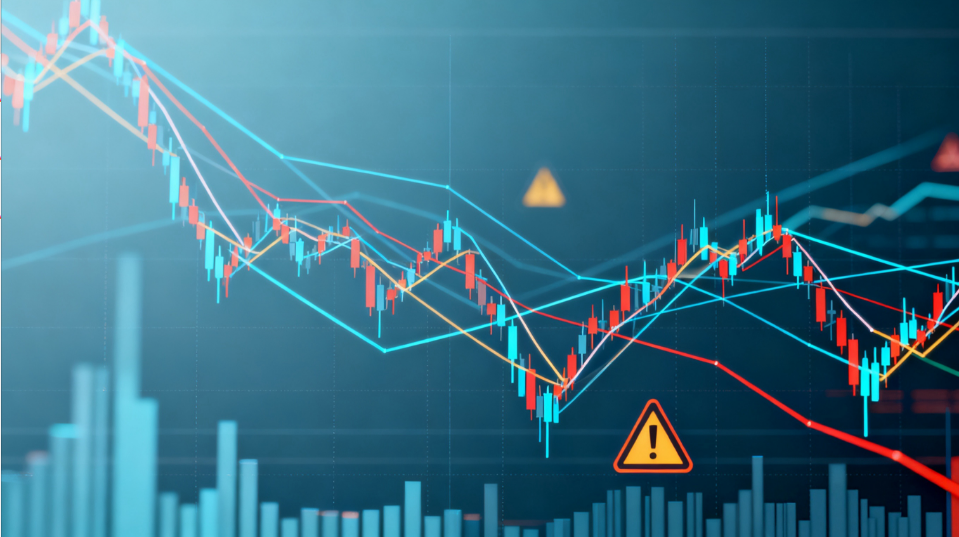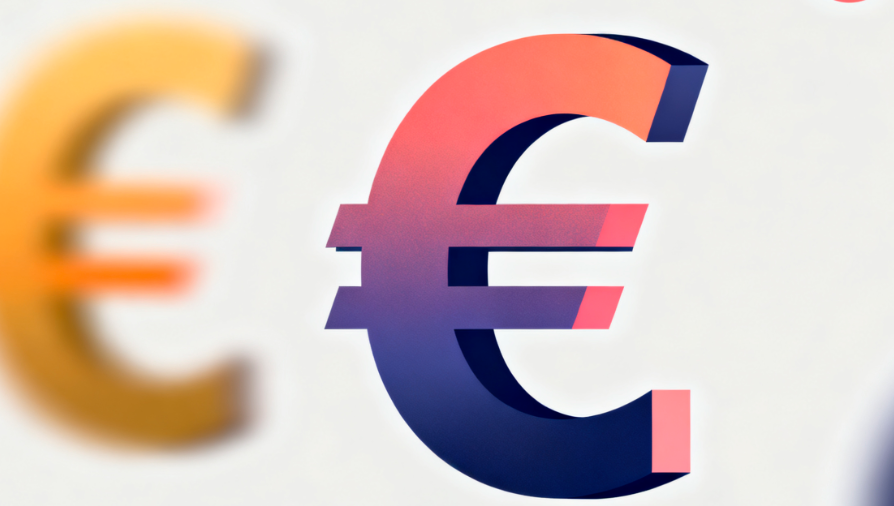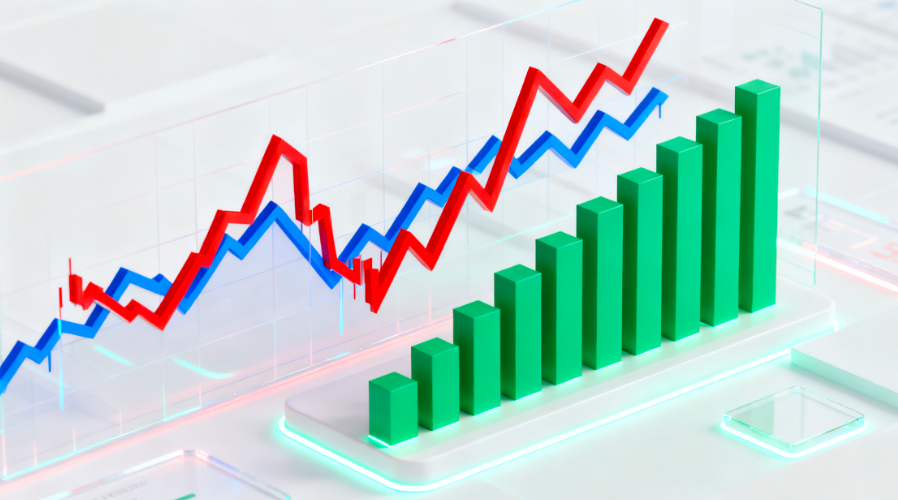
According to CCTV Finance reports, two U.S. regional banks recently disclosed loan issues involving fraud allegations, sparking investor concerns. On October 16 local time, U.S. bank stocks suffered a heavy blow, market risk aversion sentiment sharply intensified, dragging down the three major U.S. stock indices to close collectively lower.
These two U.S. regional banks disclosed losses due to involvement in fraudulent bad commercial real estate loan investment funds. Although the scale was small, it triggered market panic, leading to a collective wipeout of over $100 billion in the total market value of 74 major U.S. banks within a single day. This is because the market believes that "when you see one cockroach, there are likely more." Moreover, the market still vividly remembers the collapse of Silicon Valley Bank in 2023.
This is not an isolated case of U.S. financial risk. Last month, the U.S. subprime auto lender Tricolor Holdings filed for bankruptcy, followed by the auto parts supplier First Brands Group, which owed Wall Street over $100 billion, also declaring bankruptcy. The U.S. credit market has been booming for too long, and the accumulated risks are now being exposed.
The International Monetary Fund (IMF) recently warned that global financial stability risks are high, partly due to the continued expansion of non-bank financial institutions in some countries, which is exposing new structural vulnerabilities. The ongoing expansion of these relatively less regulated and transparent institutions is amplifying market fragility. These non-bank financial institutions could put pressure on sovereign debt markets, and open-end investment funds face liquidity mismatch risks, potentially forcing large-scale asset sales during market volatility.
However, the greatest instability in the U.S. financial market comes from the rising uncertainty created by the government. The U.S. government's tariff policies and soaring debt are being reassessed by the market. Currently, the U.S. labor market is cooling, inflation levels have not declined, and the impact of related tariff policies will ultimately push up prices and affect U.S. economic growth. Meanwhile, the U.S. debt, as high as $38 trillion, continues to grow rapidly, market confidence in the U.S. dollar is continuously eroding, and gold prices are constantly being pushed higher.
Over the past few years, the financial uncertainty risks brought by U.S. debt, inflation, and tariffs were largely absorbed by the AI bubble and virtual currencies. Market liquidity flooded into these two areas, continuously driving up their values, thereby creating a false appearance of asset prosperity and providing an anchor of confidence for the stability of the U.S. capital market. But now, these two seemingly safe-haven areas are beginning to waver.
First, the market has begun to doubt the AI valuation bubble, especially after mutual investments or collaborations among several major U.S. tech companies created greater expectations, which are seen as a game to maintain the valuation bubble. Recently, a Bank of America survey conducted in October showed that about 54% of respondents (global fund managers) believe tech stock valuations are already too high, and the AI bubble is seen as the biggest tail risk currently.
Second, on October 11, the cryptocurrency market experienced a sharp decline. Bitcoin plummeted from a high of $122,000 to $104,000, a drop of over 15%. The crypto market lost nearly $500 billion in market value within a short period, accompanied by approximately $19 billion in leveraged forced liquidations. The price of the stablecoin USDe severely depegged from the U.S. dollar at one point, falling to as low as $0.62 on some decentralized exchanges, a depegging幅度 of up to 38%, meaning stablecoins are no longer stable. After this sharp decline, market confidence did not recover as it had before. U.S. law enforcement authorities seized and confiscated 127,271 Bitcoins held by a Cambodian telecom fraud group, with a total value as high as $15 billion. Bitcoin has long been considered the safest asset post-decentralization, yet clearly, the U.S. has the ability to confiscate it at any time.
The global financial system led by the United States finds its foundation being shaken by U.S. tariff policies and debt risks; its financial system is threatened by the risks accumulated from credit expansion stimulated by ultra-low interest rates during the pandemic and subsequent sharp interest rate hikes. Meanwhile, the AI bubble and the myth of virtual currency safety, which attracted global dollar speculation, are also disintegrating.
Our country needs to prepare for a "systemic risk" of the U.S. dollar, strengthen and expand the domestic demand market, and ensure the safety of overseas assets.
















